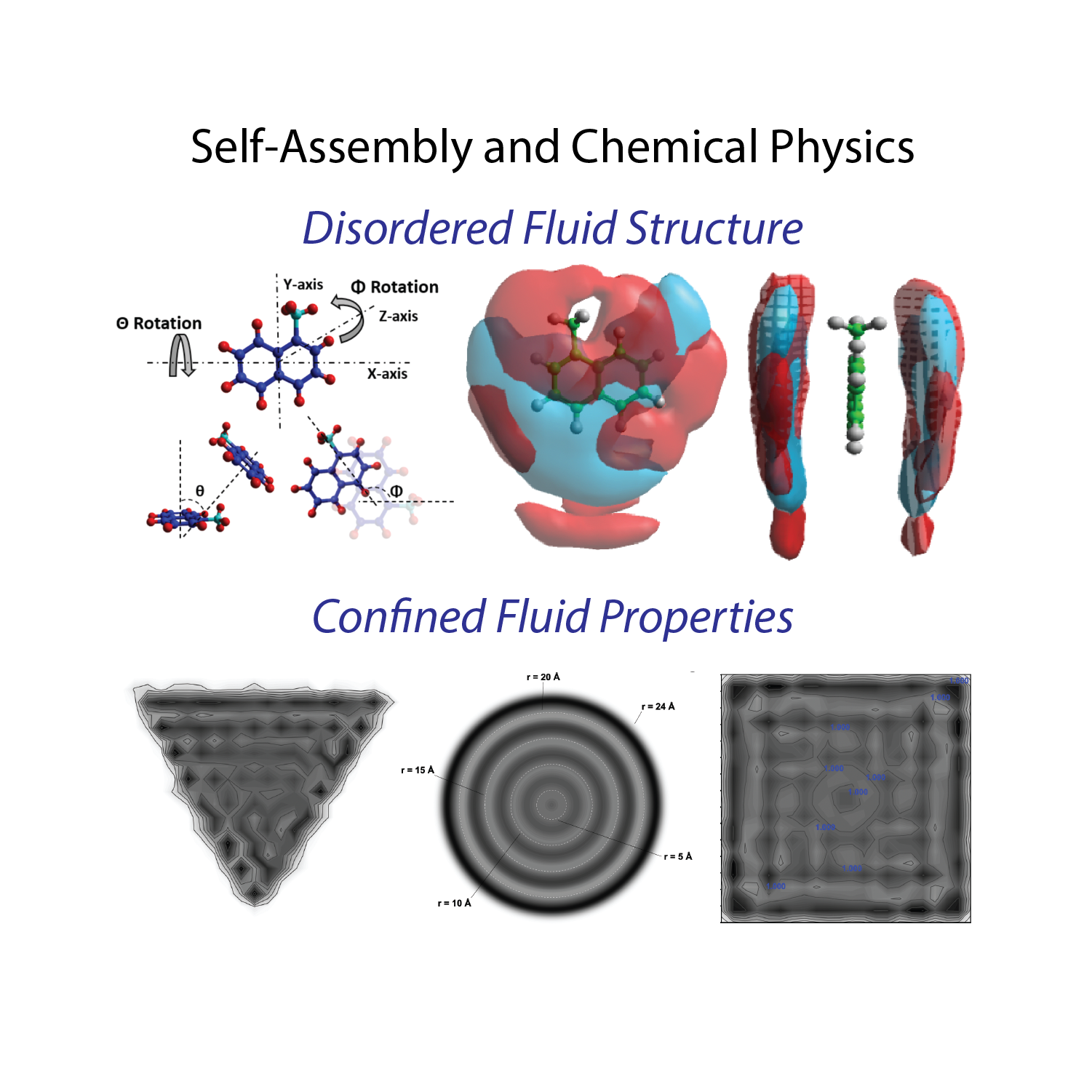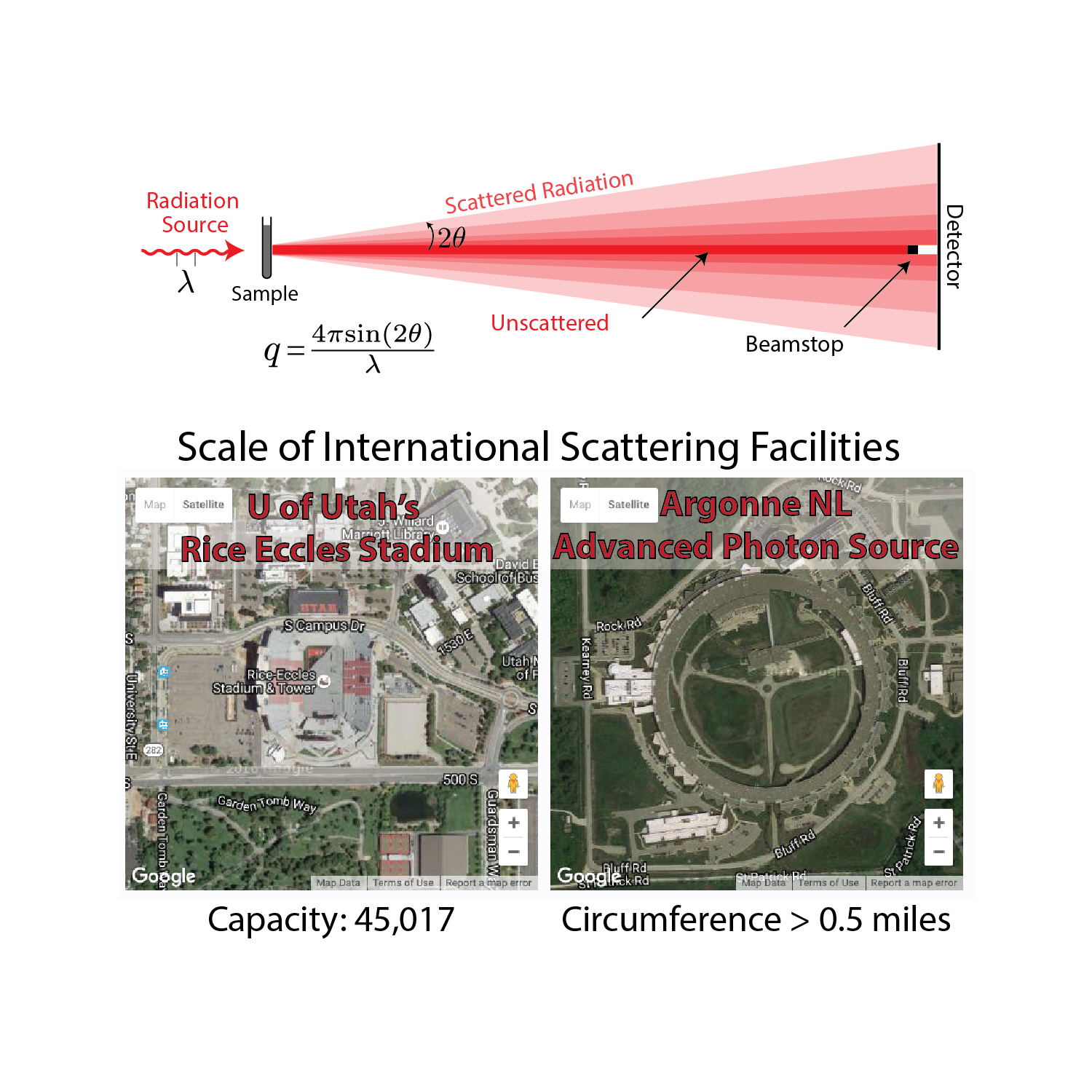Disordered Structure and Molecular Modeling
Accurate prediction of the local structure of disordered systems is necessary to understand fluid/mixture properties and to predict self-assembly pathways. We employ a combination of neutron scattering and molecular simulations to both experimentally measure fluid structure and to improve molecular modeling predictions. Conventionally, molecular simulations have been optimized to predict bulk properties, like density, as this information was all that was available for most fluids. Recently, efforts have been undertaken to measure the local molecular order in fluids with neutron scattering, which provides a powerful new opportunity to test our understand of local fluid order.


Petroleum Phase Behavior and Flow Assurance
Petroleum crude oil is possibly the most complex material that humans have attempted to study. Crude oil has an effectively infinite number of unique molecular species, and this complexity introduces challenges to study and characterize the properties of oil. The Hoepfner Research Group takes pride in our fundamental first-principles based approach to understanding the origin and mechanisms of crude oil properties and phase behavior. We have extensive experience in the characterization of heavy hydrocarbons. This includes experimental and modeling work of asphaltene phase behavior, deposition, and self-assembly. Our holistic approach covers the entire length scale of asphaltene and heavy hydrocarbon properties, from molecular interactions in the liquid state to their bulk behavior.
X-ray and Neutron Scattering
The Hoepfner Research Group has in-depth experience and knowledge on materials characterization using X-ray and neutron scattering techniques. We have performed experiments at national and international research facilities and are familiar with laboratory (X-rays), synchrotron (X-ray), continuous reactor (neutrons) and spallation (neutron) radiation sources. Characterization experience of solid and liquid samples ranges from the atomic length scale (diffraction) to the micron scale (ultra-small angle scattering).
X-ray and neutron scattering techniques remain the gold standard for structural characterization of soft, liquid and disordered systems.

Scattering Facilities Visited:

Funding:


